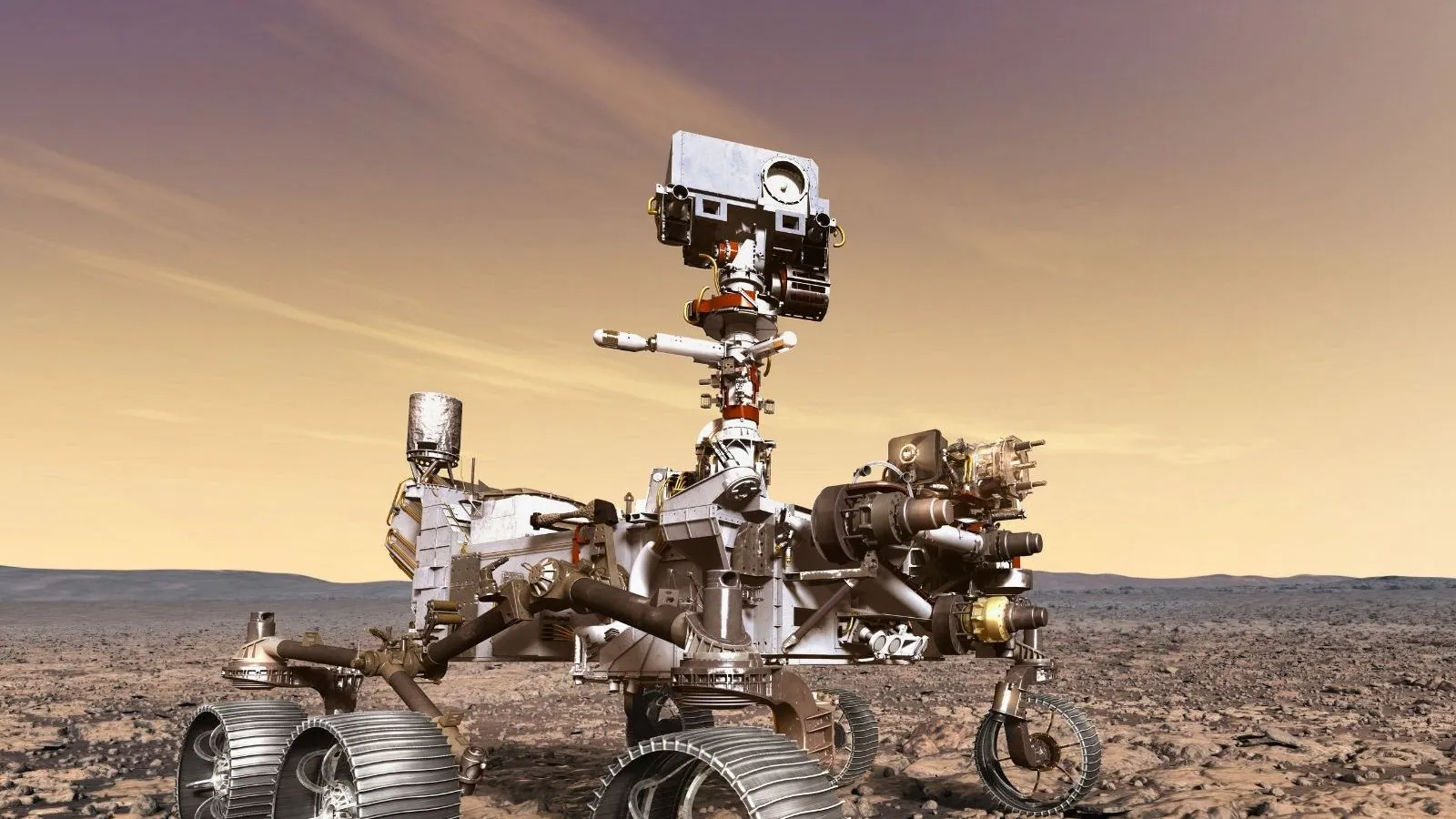The Perseverance Rover, who was infected in Jazero Crater, took the 12th sample from Mars to be sent to Earth with a future mission. Samples are needed to learn in depth and find whether life has been on the red planet. The Rover has named the collection of 12 dusty dozen rock samples. “Call those dusty dozen. Now I have 12 core rock samples, collected temporarily #Samplingmars on these different sites around Jezero Crater,” Perseverance said in a tweet. The perseverance team previously said that the plan came together to bring this sample back to earth.
“A group of new robots (including the next generation helicopter!) Can join me for unprecedented teams,” Perseverance Tweeted. Rover the size of an SUV has been equipped to collect a total of 38 rock samples and has filled the tubes one by one. These samples were passed through witness tubes, which had been published previously with various witness materials that could capture molecular and particulate contaminants. Jet Propulsion Laboratory, which encourages Rover on Mars, said that the image of several components of the sample collection system was taken after completing coring activity. In the pictures, two small pieces of debris are seen small objects on the beets coring (stored in South Korean South Korean) and small hair lines on chuck drills.
“The team now looks at the origin of the debris, and whether it comes from plows or external debris from entries, offspring, and landing systems (EDL) which are discarded at the beginning of the mission,” JPL said in a blog update. NASA has said that the work to return the first sample from Mars to Earth has begun and the first stone and soil material from the next door neighbor will arrive on Earth in 2033. This mission will see several robots and helicopters who work together to collect these samples and Lifting it from the surface of the red planet, pushing it on the path to the earth.
American Space Agency has decided to continue with two sample recovery helicopters, based on the design of the ingenuity helicopter that has performed very well in the Mars environment. NASA collaborated with the European Space Agency (ESA) in the sample return campaign. ESA will be responsible for developing the sample transfer arm together with the orbiter of the Earth’s return.


